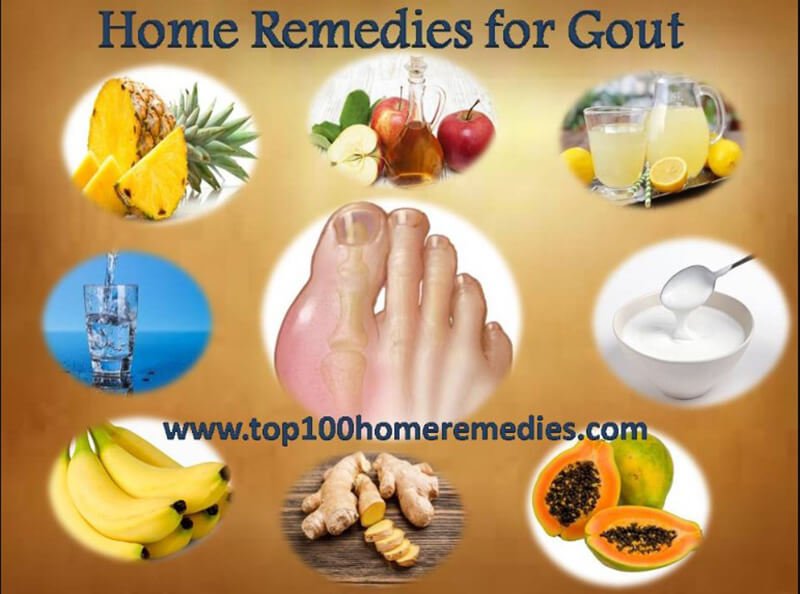


It has become more common in recent decades. Gout affects about 1 to 2% of adults in the developed world at some point in their lives. Taking vitamin C and eating a diet high in low-fat dairy products may be preventive. Once the acute attack subsides, levels of uric acid can be lowered via lifestyle changes and in those with frequent attacks, allopurinol or probenecid provides long-term prevention. Treatment with nonsteroidal anti-inflammatory drugs (NSAIDs), glucocorticoids, or colchicine improves symptoms. Blood uric acid levels may be normal during an attack. Diagnosis of gout may be confirmed by the presence of crystals in the joint fluid or in a deposit outside the joint. Gout occurs more commonly in those who regularly drink beer or sugar-sweetened beverages or who eat foods that are high in purines such as liver, shellfish, or anchovies, or are overweight. At high levels, uric acid crystallizes and the crystals deposit in joints, tendons, and surrounding tissues, resulting in an attack of gout. This occurs from a combination of diet, other health problems, and genetic factors. Gout is due to persistently elevated levels of uric acid in the blood. It may also result in tophi, kidney stones, or kidney damage. The joint at the base of the big toe is affected in about half of cases. Pain typically comes on rapidly, reaching maximal intensity in less than 12 hours. Gout ( / ɡ aʊ t/ GOWT ) is a form of inflammatory arthritis characterized by recurrent attacks of a red, tender, hot and swollen joint, caused by deposition of monosodium urate monohydrate crystals. Weight loss, abstinence from drinking alcohol, allopurinol

Joint infection, rheumatoid arthritis, pseudogout, others Older males, post- menopausal women ĭiet high in meat or beer, being overweight Leading with The Gout ( James Gillray, 1799), which depicts the pain of the artist's gout as a demon or dragon.


 0 kommentar(er)
0 kommentar(er)
